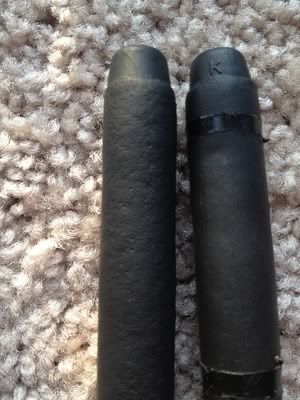Stretch2643
Member
I'm finally breaking down and asking for help here, because it seems that no matter what I do I just can't figure this product out.
Whenever I use the aerosol cans of plasti-dip tons of tiny bubble seem to form, giving the finished product a textured look, rather than the desired smooth appearance. I've tried spraying very thick coats, since Plasti-dip is supposed to be self-leveling. I've tried spraying lots of very thin coats, just like you're supposed to do with spray paint. I've even tried buying different cans of the stuff, upon the suggestion that they might be "old." But nothing seems to work.
So I ask you guys, who seem to have mastered the product, to please share your wisdom with me. How to I achieve that smooth finish with this product?
Whenever I use the aerosol cans of plasti-dip tons of tiny bubble seem to form, giving the finished product a textured look, rather than the desired smooth appearance. I've tried spraying very thick coats, since Plasti-dip is supposed to be self-leveling. I've tried spraying lots of very thin coats, just like you're supposed to do with spray paint. I've even tried buying different cans of the stuff, upon the suggestion that they might be "old." But nothing seems to work.
So I ask you guys, who seem to have mastered the product, to please share your wisdom with me. How to I achieve that smooth finish with this product?

